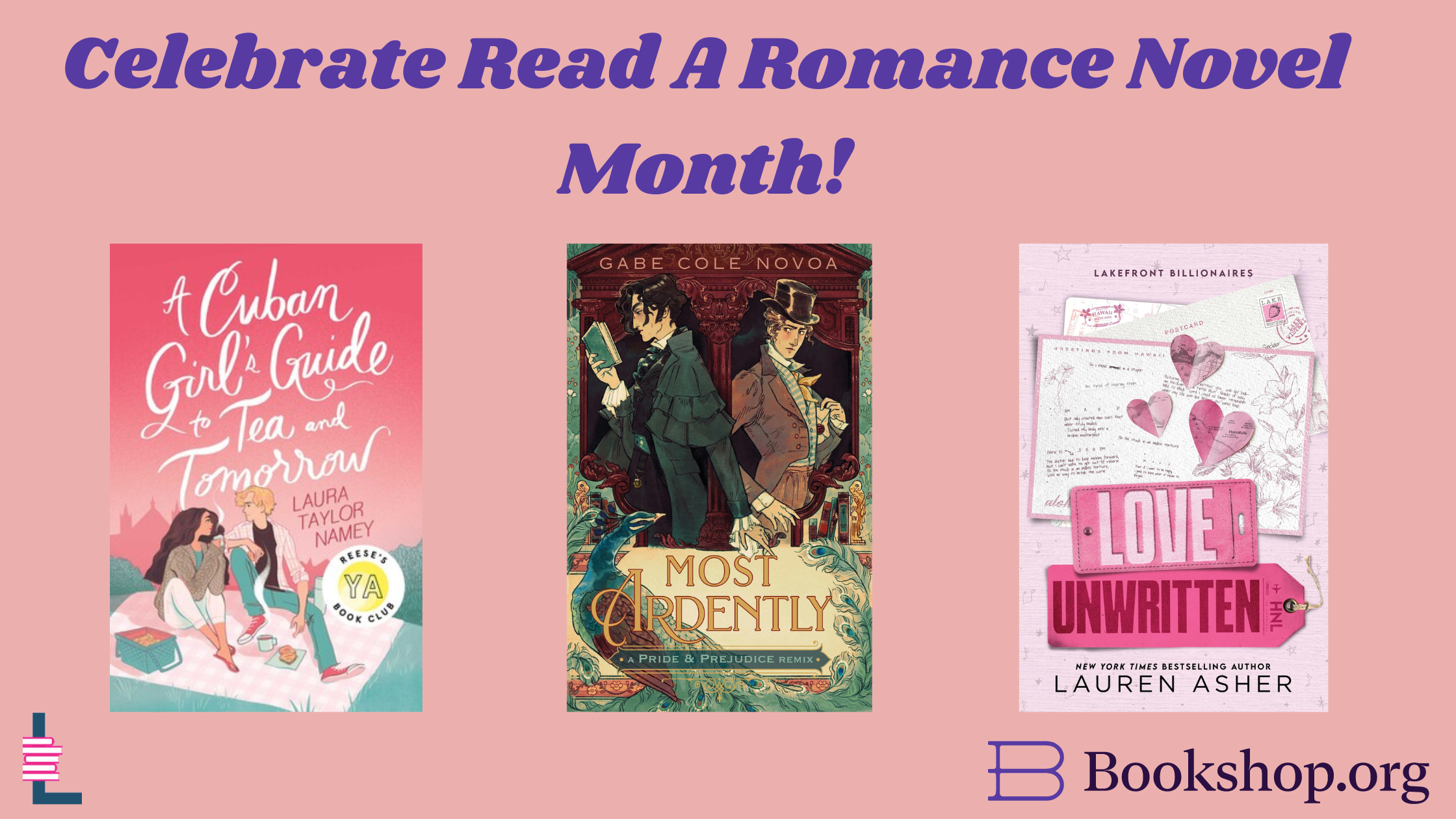Summer is almost coming to a close and it’s about that time to start thinking of Fall activities. We are looking forward to heading to our local bookstores and libraries to add these highly anticipated titles to our reading lists!
The Chainbreakers by Julian Randall | On Sale September 3
All Violet Moon has ever wanted is to be a Reaper captain like her father. Born on the Tides of the Lost, a magical world beneath the waves of the Atlantic Ocean, Violet has spent her life at her father's side rescuing souls lost in the water.
But when a rescue mission turns to disaster after the arrival of the dreaded Children of the Shark, weaponized ghost-sharks who steal the souls for themselves, her father is seized and pulled down into the darkness of the Depths. With no choice for Violet but to inherit the captain's powers and helm the ship as the next in line, it'll be up to her to save her father--if he even still lives--and stop the Children of the Shark before they devour the world.
Tías and Primas: On Knowing and Loving the Women Who Raise Us by Prisca Dorcas Mojica Rodríguez | Illustrated by Josie del Castillo | On Sale September 10
Born into a large, close-knit family in Nicaragua, Prisca Dorcas Mojica Rodríguez grew up surrounded by strong, kind, funny, sensitive, resilient, judgmental, messy, beautiful women. Whether blood relatives or chosen family, these tías and primas fundamentally shaped her view of the world--and so did the labels that were used to talk about them. The tía loca who is shunned for defying gender roles. The pretty prima put on a pedestal for her European features. The matriarch who is the core of her community but hides all her pain.
In Tías and Primas, the follow-up to her acclaimed debut For Brown Girls with Sharp Edges and Tender Hearts, Mojica Rodríguez explores these archetypes. Fearlessly grappling with the effects of intergenerational trauma, centuries of colonization, and sexism, she attempts to heal the pain that is so often embodied in female family lines.
First in the Family: A Story of Survival, Recovery, and the American Dream by Jessica Hoppe | On Sale September 10
In this deeply moving and lyrical memoir, Hoppe shares an intimate, courageous account of what it means to truly interrupt cycles of harm. During the first year of quarantine, drug overdoses spiked, the highest ever recorded. And Hoppe's cousin was one of them. "I never learned the true history of substance use disorder in my family," Hoppe writes. "People just disappeared." At the time of her cousin's death, she'd been in recovery for nearly four years, but she hadn't told anyone.
In First in the Family, Hoppe shares her journey, the first in her family to do so, and takes the reader on a remarkable investigation of her family's history, the American Dream, and the erasure of BIPOC from recovery institutions and narratives, leaving the reader with an urgent message of hope.
A Sunny Place for Shady People: Stories by Mariana Enriquez | Translated by Megan McDowell | On Sale September 17
On the shores of this river, all the birds that fly, drink, perch on branches, and disturb siestas with the demonic squawking of the possessed--all those birds were once women.
Welcome to Argentina and the fascinating, frightening, fantastical imagination of Mariana Enriquez. In twelve spellbinding new stories, Enriquez writes about ordinary people, especially women, whose lives turn inside out when they encounter terror, the surreal, and the supernatural. A neighborhood nuisanced by ghosts, a family whose faces melt away, a faded hotel haunted by a girl who dissolved in the water tank on the roof, a riverbank populated by birds that used to be women--these and other tales illuminate the shadows of contemporary life, where the line between good and evil no longer exists.



























